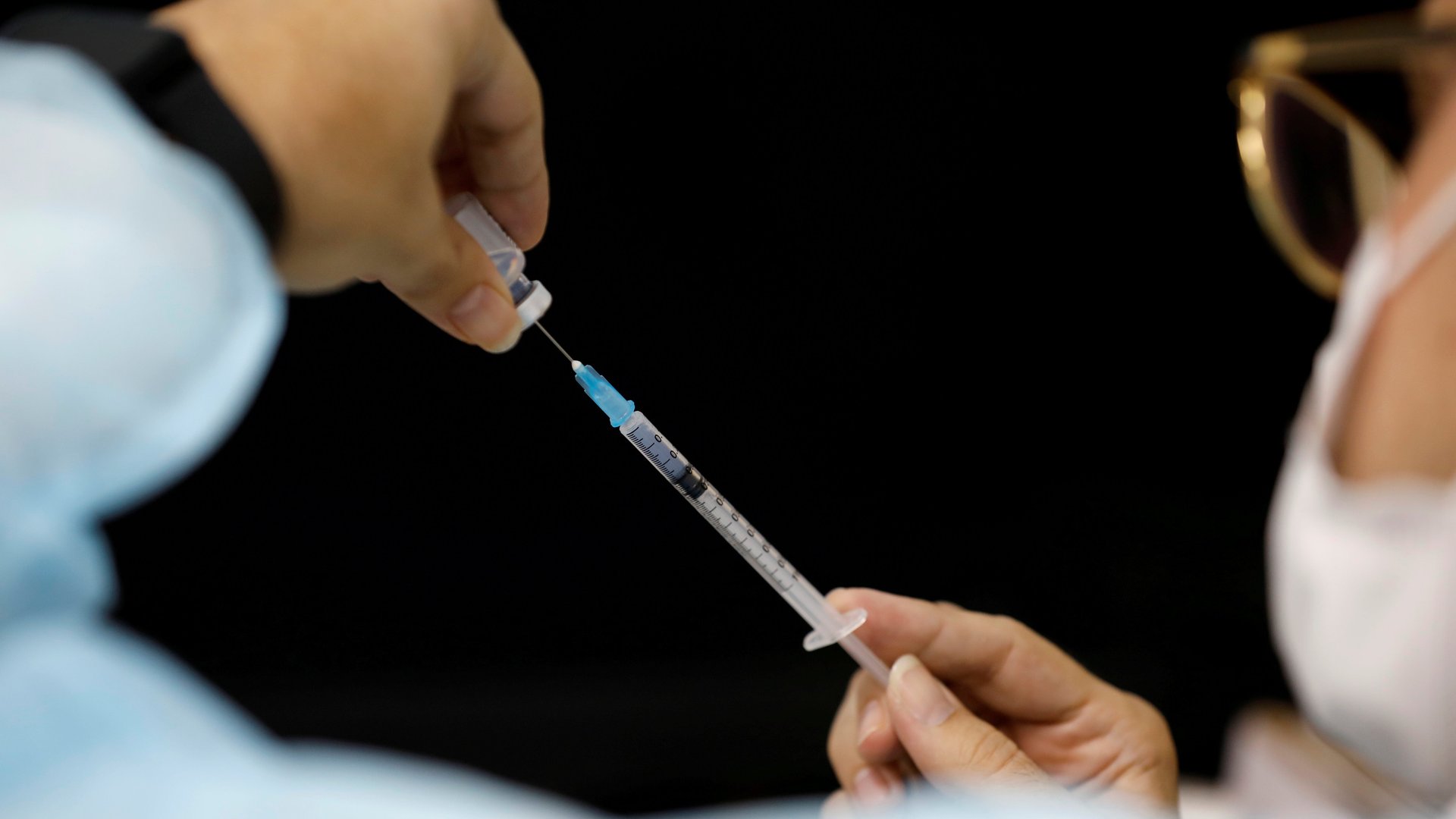When we’ll know if Covid-19 vaccines stop transmission, once and for all
This week, the US Centers for Disease Control and Prevention put out interim public health recommendations for people who have been vaccinated against Covid-19. They were a welcome relief. Activities such as visiting with a low-risk, unvaccinated household indoors without masks are now back on the table.


This week, the US Centers for Disease Control and Prevention put out interim public health recommendations for people who have been vaccinated against Covid-19. They were a welcome relief. Activities such as visiting with a low-risk, unvaccinated household indoors without masks are now back on the table.
While the health agency struck a cautiously optimistic note, it stressed a vaccination doesn’t mean abandoning all Covid safety measures (large gatherings and international traveling are still ill-advised). The main reason is because scientists continue to grapple with the question of whether vaccines can stop transmission. “It’s complicated a statistical question, but provided there are the resources I’d expect it’d be possible to get an answer in the next few months,” says Luke Davis, an epidemiologist and pulmonologist at the Yale School of Public Health.
There are a lot of reasons to think that vaccinated people shouldn’t be able to pass on the virus to others. In the past, vaccines have been instrumental in slowing the spread of other infectious diseases. “I can’t imagine how the vaccine would prevent symptomatic infection at the efficacies that [companies] reported and have no impact on transmission,” Matthew Woodruff, an immunologist at Emory University, told Quartz previously.
But in a field as complex as immunology “should” doesn’t cut it. In order to get to the bottom of the issue, scientists need to collect data from more observational studies following people who’ve been vaccinated—which obviously takes time. Fortunately, several of these studies are already underway.
One of the most promising, Davis says, is a study tracking Covid-19 transmission among households of essential workers called RECOVER (short for “Research on the Epidemiology of SARS-CoV-2 in Essential Response Personnel—scientists love a good acronym). For this study, researchers are hoping to get a sense of how Covid-19 spreads through households—and how well vaccines protect against that spread. It includes any essential worker who tests positive for SARS-CoV-2 with a PCR test (and agrees to participate in the work) and those who live with them for 10 days. Given that some vaccines seem to prevent up to 95% of symptomatic Covid-19 cases, we’d expect one in 20 people who have been vaccinated to get sick, Davis says. Following that first positive test, that person’s entire household will receive another PCR test to determine if they have also contracted the virus. If vaccines can stop transmission, scientists should be able to see a big difference among the households where one person has been vaccinated compared to those where no one has been.
RECOVER isn’t the only study monitoring the after-effects of Covid-19 vaccines at the population level. The CDC is monitoring seven other ongoing research projects, some of which are looking at protection against SARS-CoV-2 variants, hospitalization rates among people who have been vaccinated, and long-term protection from the vaccine. Scientists routinely conduct these observational studies with other kinds of vaccines, like the annual flu shot, but they tend to get less attention than initial safety and efficacy trials.
Depending on the outcome of these studies, the CDC may update its guidelines to say that people who have been vaccinated don’t need to wear masks at all—especially after a substantial proportion of the population has gotten their shots.
Plus, they’ll inform the development of new inoculations based on genetic material, like mRNA or DNA, as some new Covid-19 vaccines are. “These are new types of vaccines,” says Davis. The Pfizer-BioNTech and Moderna vaccines use lipid nanoparticles to transport mRNA to instruct our cells to make the SARS-CoV-2 spike protein, while the AstraZeneca and Johnson & Johnson vaccines use DNA to accomplish a similar feat.
Undoubtedly, scientists will want to use DNA and mRNA to make vaccines against other pathogens in the future. The sooner scientists can understand the capabilities of vaccines, the sooner they’ll be able to guide public health officials to make policy decisions that can get us to a new, post-Covid 19 normal.